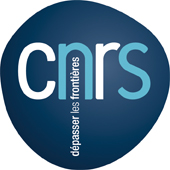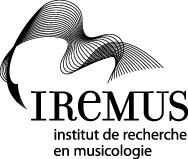WRITINGS
MIZUNO Mikako / 水野 みか子
Electroacoustic music in cultural context — two points towards sound materials and structure
Edition: Proceedings of the Electroacoustic Music Studies Conference, Paris, 5 p., www.ems-network.org
Date: 2008
Region: JAPAN
Origin: JAPAN
Type of media: Article
Language: English
Editor: M.B.
Comment:
Abstract:
New technologies have changed the condition of not sound treatment in laboratory and the time structure in live performance but we have not yet gotten any terminology nor model pattern to discuss the electroacoustic music. This presentation thinks about the structure of electroacoustic music both in the points of hearing of the sounds and in the point of interactivity. The former relates creation and the latter relates reception which includes sound projection/performing/presentation, or multi-media collaboration with visual elements. This discussion will lead to the radical problem like what music is, or, how we can appreciate the sound together with the visual elements.
First the cultural tradition and today’s situation of “hearing sound” in Japan are discussed in comparison with that of Pierre Schaeffer. In Japanese sound history, people had a big glossary to describe noises like insects voice or other soundscape. The traditional hearing is symbolized in a poem by Basho, describing the situation where the cicada’s voice is a symbol of quietness. We have another example of Japanese unique type of hearing in the films directed by Yasujiro Ozu, the music of which was composed by Kinji Fukasaku.
Second, I discuss the interactivity in the on-stage pieces, which has also been affected by culture-based context. In the on-stage live-performance or live-projection, the performer should make action and the sound comes in the causality which the audience see and hear. Interactivity during the musical performing has been technologically realized in various precise connections, but the technical causality are oriented by the multi-media situation of daily life.
Several Japanese composers have unique methods of causality between visual structure and sound, like Formant Brothers or Hoho-machine including Taro Yasuno. Discussion about interactivity in the audio-visual musical pieces on-stage should examine not only gesture-sound, gesture image and sound-image relationships but also composition-performance and creation-reception relationships, each of which is in the different phase of cultural communication.





